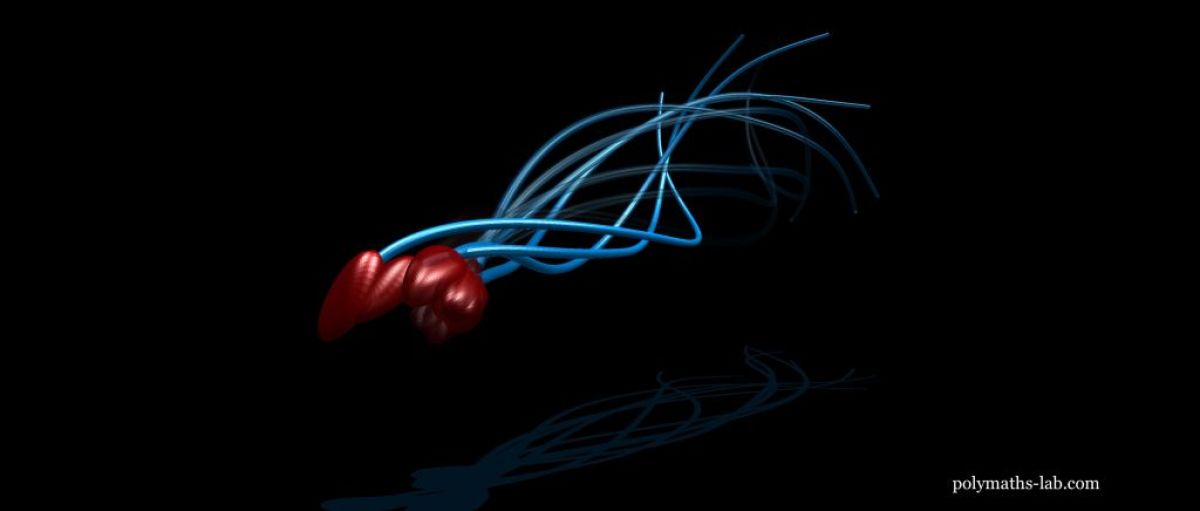Bernie Owusu-Yaw, Progress Educational Trust
11 August 2020
 [BioNews, London]
[BioNews, London]
Research using high-precision 3D microscopy has overturned 350-year-old observations about how sperm swim.
Antoine van Leeuwenhoek, a pioneer of 2D microscopy described human sperm cells swimming by lashing their tails from side to side 'like that of a snake or an eel swimming in water'. However, a recent study has shown this was due to an optical illusion. Researchers from Bristol and Mexico discovered that human sperm cells actually move by lashing their tails to one side.
'Our new research using 3D microscopy shows that we have all been victims of a sperm deception,' said study author Dr Hermes Gadelha, senior lecturer in applied mathematics and data modelling at Bristol University. 'If you want to see the real beating of the tail, you need to move with the sperm and rotate with the sperm. So it's almost like you needed to make a (camera) really tiny and stick it to the head of the sperm.'
The researchers scanned two different groups of freely swimming human sperm cells using a 3D microscope and a high-speed camera. The two groups consisted of sperm cells that swam (i) near to and (ii) far from the microscope coverslip. Their results, published in the journal Science Advances, revealed that sperm heads spin in one direction whilst the sperm tail rotates in the opposite direction. This one-sided spin should cause the sperm cells to swim in circles, however:
'Human sperm figured out if they roll as they swim... their one-sided stroke would average itself out, and they would swim forwards,' said Dr Gadelha.
These new findings demonstrate the power of using 3D microscopy technology to study cells. This approach could be used to study the dynamics of the human sperm tail further in efforts to better understand the process of human fertilisation and reproduction, which could lead to the development of improved diagnostic tools to distinguish between healthy and unhealthy sperm cells.
'This was an incredible surprise, and we believe our state-of-the-art 3D microscope will unveil many more hidden secrets in nature. One day this technology will become available to clinical centres, ' said co-author Dr Gabriel Corkidi from the National Autonomous University of Mexico in Mexico City.
SOURCES & REFERENCES
| How human sperm really swim: research challenges centuries-old assumption |
| University of Bristol | 31 July 2020 |
| Human sperm roll like 'playful otters' as they swim, study finds, contradicting centuries-old beliefs |
| CNN Health | 31 July 2020 |
| Human sperm uses asymmetric and anisotropic flagellar controls to regulate swimming symmetry and cell steering |
| Science Advances | 31 July 2020 |
| Sperm get a wriggle on by swimming like playful otters |
| The Times | 1 August 2020 |
| Watch a 3D video reveal how sperm really swim |
| Science Mag | 31 July 2020 |
http://www.BioNews.org.uk
[email protected]
© Copyright 2008 Progress Educational Trust
Reproduced from BioNews with permission, a web- and email-based source of news, information and comment on assisted reproduction and human genetics, published by Progress Educational Trust.
